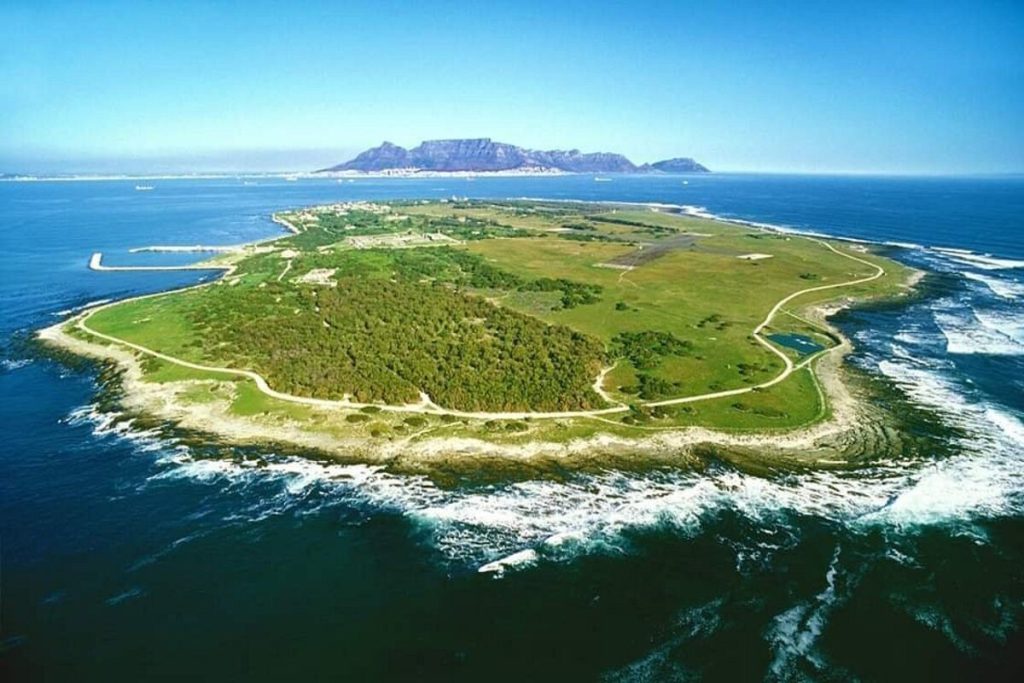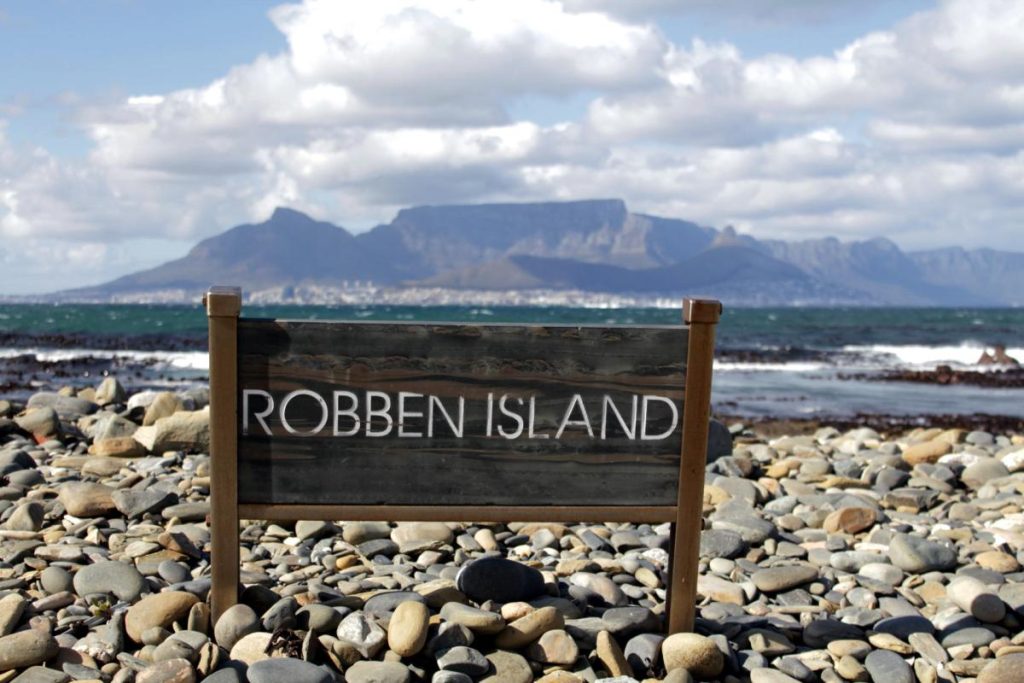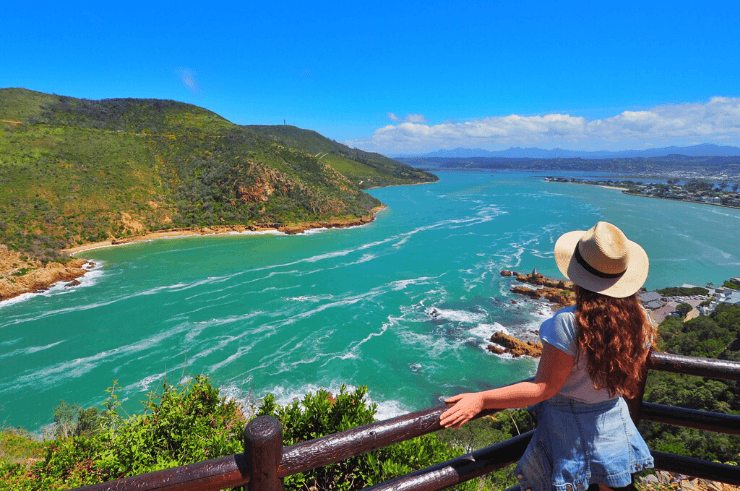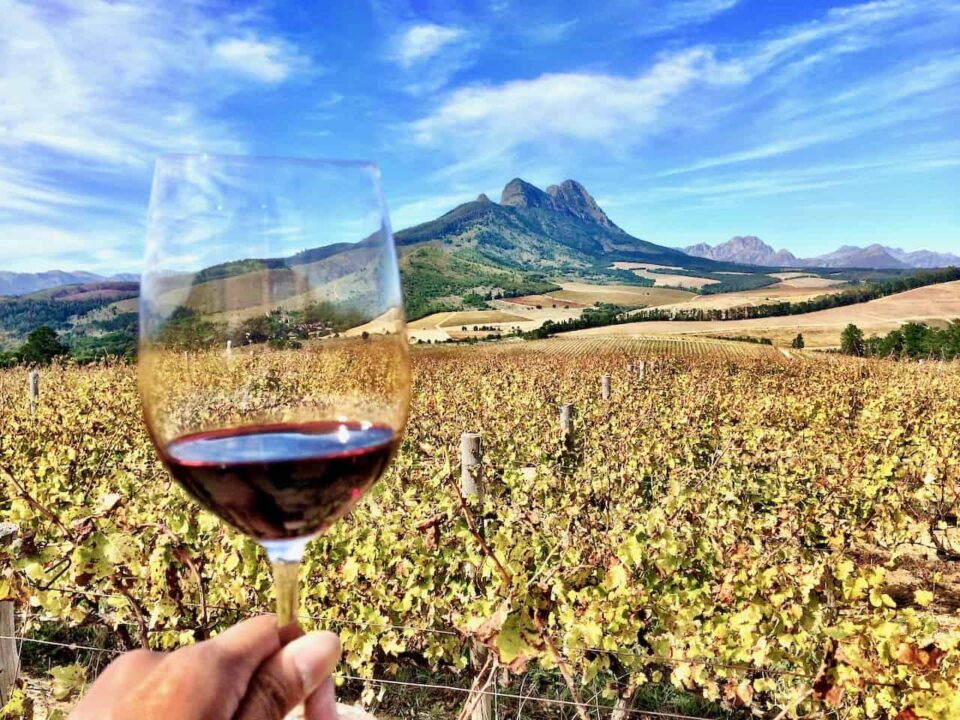Robben Island: A Symbol of Struggle and Triumph in South Africa

Robben Island: A Symbol of Struggle and Triumph in South Africa
Robben Island: A Symbol of Struggle and Triumph in South Africa
Robben Island, located in Table Bay, just off the coast of Cape Town, South Africa, is a UNESCO World Heritage Site and one of the most significant cultural landmarks in the country. Known primarily as the prison where Nelson Mandela was incarcerated for 18 of his 27 years in captivity, Robben Island has a rich and complex history that spans several centuries. This comprehensive guide provides detailed information about Robben Island, including its history, major attractions, activities, cultural significance, and practical tips for visiting. This unique and informative article aims to offer a complete perspective on one of South Africa’s most poignant and inspiring destinations.

Historical Background
Early History
Robben Island’s history dates back to the early centuries when it was initially used by indigenous Khoisan people. The island’s name, derived from the Dutch word for seals (Robben), reflects the abundant seal population that once inhabited its shores. Over the centuries, the island served various purposes, including a stopover for sailors, a quarantine station, and a leper colony.
Colonial and Apartheid Era
During the Dutch and British colonial periods, Robben Island was used as a prison for political dissidents, common criminals, and leprosy patients. The island’s most infamous period began during the apartheid era when it became a maximum-security prison for political prisoners. Nelson Mandela, along with other prominent anti-apartheid activists such as Walter Sisulu and Ahmed Kathrada, was imprisoned here. The harsh conditions and brutal treatment of prisoners highlighted the injustices of the apartheid regime and turned Robben Island into a symbol of resistance and resilience.
Post-Apartheid Significance
Following the end of apartheid and the release of political prisoners in the early 1990s, Robben Island was transformed into a museum and heritage site. It now serves as a powerful reminder of the struggle for freedom and human rights, attracting visitors from around the world who wish to learn about South Africa’s turbulent past and the triumph of its democratic ideals.
Major Attractions
Nelson Mandela’s Cell
The most visited and emotionally charged site on Robben Island is Nelson Mandela’s cell in Section B. This small, stark cell, where Mandela spent 18 years of his imprisonment, offers a poignant insight into the hardships endured by political prisoners. Visitors can see the cramped quarters, simple bedding, and sparse furnishings that were Mandela’s world during his captivity.
Maximum Security Prison
The main prison complex, where many anti-apartheid activists were held, is another key attraction. Guided tours often include visits to the communal cells, the solitary confinement wing, and the courtyard where prisoners were allowed limited exercise. The stories of the former inmates, shared by ex-prisoner guides, provide a deeply personal perspective on the island’s history.
The Limestone Quarry
The limestone quarry where prisoners, including Nelson Mandela, were forced to perform hard labor is an important historical site. The grueling work conditions and the harsh glare from the white limestone had long-term health effects on the prisoners. A pile of stones placed by Mandela and his fellow prisoners during a reunion visit stands as a monument to their struggle and solidarity.
The Robert Sobukwe House
Robert Sobukwe, founder of the Pan Africanist Congress, was held in solitary confinement on Robben Island under specially harsh conditions. The house where Sobukwe was isolated is a significant site that highlights the extreme measures taken by the apartheid regime to suppress dissent.
The Museum
The Robben Island Museum provides a comprehensive overview of the island’s history through exhibits, photographs, and artifacts. It offers context and background information that enhances the experience of touring the island’s various historical sites.
The Village and Church
Robben Island also has a small village where the prison staff and their families lived. The church, built in the 19th century, is a charming historical building that adds to the island’s unique cultural tapestry.

Activities for Tourists
Guided Tours
Robben Island tours typically start with a ferry ride from the V&A Waterfront in Cape Town. The ferry ride itself offers stunning views of Table Mountain and the Cape Town skyline. Once on the island, visitors are taken on guided bus tours that cover the key historical sites. These tours are often led by former political prisoners, providing an authentic and moving narrative.
Educational Programs
The Robben Island Museum offers various educational programs and workshops aimed at promoting understanding and awareness of human rights, democracy, and social justice. These programs are especially beneficial for school groups and educational tours.
Walking and Biking
For those interested in exploring the island at a more leisurely pace, walking and biking tours are available. These tours provide a closer look at the island’s natural beauty, including its diverse birdlife, endemic plant species, and scenic coastline.
Photography
Robben Island’s historical sites, combined with its natural beauty, make it a great destination for photography. The stark contrasts between the prison structures and the surrounding landscapes provide compelling photographic opportunities.
Cultural Significance
Symbol of Resistance
Robben Island stands as a symbol of the struggle against apartheid and the resilience of the human spirit. The stories of those who were imprisoned here inspire visitors to reflect on the values of freedom, justice, and equality.
UNESCO World Heritage Site
In 1999, Robben Island was declared a UNESCO World Heritage Site in recognition of its historical significance and its role in the struggle for human rights. This designation helps to preserve the island and ensure that its story is told to future generations.
Reconciliation and Healing
Robben Island also represents reconciliation and healing. The transformation of the prison into a museum and heritage site embodies the journey of South Africa from a divided nation to one that embraces democracy and inclusivity.
Practical Tips for Visiting Robben Island
Best Time to Visit
Robben Island can be visited year-round, but the best time to go is during the spring (September to November) and autumn (March to May) when the weather is mild and the seas are calmer. Summer (December to February) can be hot and crowded, while winter (June to August) may bring rain and rough seas.
Getting There
Ferries to Robben Island depart from the Nelson Mandela Gateway at the V&A Waterfront in Cape Town. It is advisable to book tickets in advance, especially during peak tourist seasons.
Tour Duration
Tours of Robben Island typically last about 3.5 hours, including the ferry ride to and from the island. The tour itself takes around 2.5 hours, covering the main historical sites and the museum.
What to Bring
- Comfortable Footwear: Walking is a significant part of the tour, so wear comfortable shoes.
- Weather-Appropriate Clothing: Bring layers, a hat, and sunscreen, as the weather can change rapidly.
- Camera: There are many photo-worthy sites on the island.
- Water and Snacks: Although there is a small café on the island, it’s a good idea to bring your own water and snacks.
Accessibility
Robben Island is committed to being accessible to all visitors. The ferries and the island’s facilities are equipped to accommodate people with disabilities. It is recommended to inform the booking office of any specific needs when purchasing tickets.
Safety Tips
- Follow Guidelines: Always follow the instructions given by tour guides and staff.
- Stay with the Group: Stick with your tour group to ensure you do not miss any part of the tour and for your safety.
- Be Respectful: Robben Island is a place of historical and emotional significance. Show respect for the site and the stories of those who suffered there.
Nearby Attractions
V&A Waterfront
Before or after your visit to Robben Island, explore the V&A Waterfront, a bustling hub of shops, restaurants, and entertainment venues. The Two Oceans Aquarium and the Watershed market are popular spots.
Table Mountain
Combine your visit to Robben Island with a trip to Table Mountain. The cableway offers spectacular views of Cape Town and the surrounding area.
Bo-Kaap
The colorful Bo-Kaap neighborhood, known for its brightly painted houses and rich cultural heritage, is another must-visit area in Cape Town.
District Six Museum
Learn more about South Africa’s apartheid history at the District Six Museum, which tells the story of the forced removals of communities during the apartheid era.
Cape Town Beaches
Cape Town boasts some of the most beautiful beaches in the world. Camps Bay and Clifton Beach are perfect for relaxing after a day of sightseeing.
Unique Features and Emotional Impact
Personal Stories
The personal stories shared by former political prisoners who serve as guides add a deeply moving and authentic element to the visit. Their firsthand accounts provide powerful insights into the resilience and courage of those who fought against apartheid.
Stunning Views
Despite its somber history, Robben Island offers stunning views of Cape Town and Table Mountain. The natural beauty of the island contrasts sharply with its historical significance, creating a poignant and reflective experience.
Emotional Journey
A visit to Robben Island is not just a historical tour; it is an emotional journey through South Africa’s struggle for freedom. The island stands as a testament to the indomitable human spirit and the enduring fight for justice.

Conclusion
Robben Island, with its profound historical and cultural significance, is a must-visit destination in South Africa. From Nelson Mandela’s cell and the limestone quarry to the poignant stories of former prisoners, Robben Island offers a deeply moving and educational experience.
As a symbol of resistance, resilience, and reconciliation, Robben Island invites visitors to reflect on the values of freedom and human dignity. Whether exploring the historical sites, participating in educational programs, or simply taking in the stunning views, visitors are sure to leave with lasting memories and a deeper understanding of South Africa’s journey towards democracy.
Plan your visit to Robben Island, embrace its unique features and historical significance, and discover why it remains one of the most iconic and
impactful destinations in the world. From its somber past to its inspiring present, Robben Island offers a powerful reminder of the importance of justice, equality, and human rights.
-
Robben Island: A Symbol of Struggle and Triumph in South Africa
Robben Island: A Symbol of Struggle and Triumph in South Africa Robben Island, located in Table Bay, just off the coast of Cape Town, South Africa, […]
thecoins24 Bitcoin News Cryptocurrency airdrop theforex24 Forex News Aypa Group Aypa Website developer Aypa SEO
italyeducation تحصیل در ایتالیا تحصیل رایگان در ایتالیا پذیرش تحصیلی در ایتالیا دانشگاه های ایتالیا بورسیه تحصیلی ایتالیا Aypa Digital Marketing Forex Calculator




